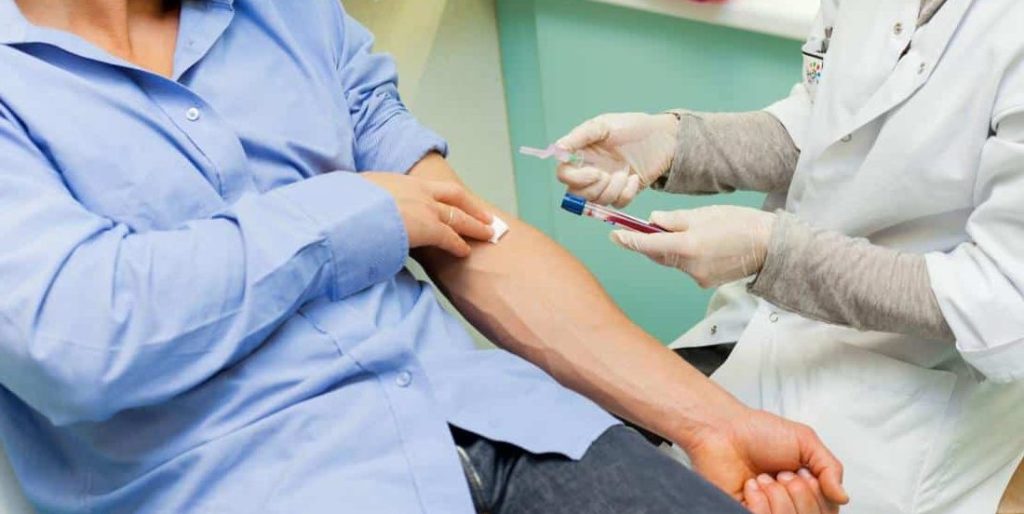HIV viral load measures the concentration of the HIV virus in the blood. It is crucial in gauging the severity of the infection and determining the likelihood of progressing to AIDS. Additionally, it serves as an indicator of how well antiretroviral therapy (ART) is working.
What Does It Tell You?
Viral load refers to the quantity of HIV present in bodily fluids such as blood and semen. A higher viral load signifies more active viral activity and poses a greater risk of transmission.
A high viral load suggests that your medication might not be effective, indicating an active infection. This increases the risk of complications and illnesses due to a weakened immune system and heightens the possibility of progressing to AIDS.
Attaining a viral load below 100 copies/mL can grant you an “undetectable” status, while a viral load above 400 copies/mL enhances the risk of developing AIDS. Being undetectable means the disease’s progression is halted, thereby allowing individuals to live longer and significantly diminishing the risk of transmitting the virus to others.
Viral Load Test
A viral load test measures the amount of HIV in a person’s blood. It plays a key role in determining the need for treatment and assessing the effectiveness of existing antiretroviral therapy (ART).
This test detects HIV RNA, the virus’s genetic material responsible for its replication. Unlike older HIV tests, RT-PCR (real-time polymerase chain reaction) tests boast higher sensitivity, detecting as few as 20 copies of HIV RNA per milliliter of blood.
Here’s a breakdown of viral load test results and their implications:
High viral load: Between 100,000 to a million HIV RNA copies. This indicates rapid virus replication and a heightened risk of developing AIDS.
Lower viral load: Below 10,000 copies. This shows slower virus replication and presents less immediate threat to the immune system.
Undetectable viral load: Less than 20 copies. This is the goal of HIV treatment but does not signify a cure.
It’s crucial to get a viral load test following an HIV diagnosis. This provides a baseline measurement, enabling your doctor to compare future results and monitor treatment efficacy.
How Fast Does Your Viral Load Increase Without Meds?
The rate at which viral load increases without medication varies among individuals. However, according to the National Institutes of Health, an increase of over 100 copies per milliliter generally indicates the need for HIV treatment.
Without medication, a person’s viral load can escalate rapidly, potentially multiplying more than tenfold from a few hundred copies. If left untreated, especially at high levels, it can grow millions of times more.
